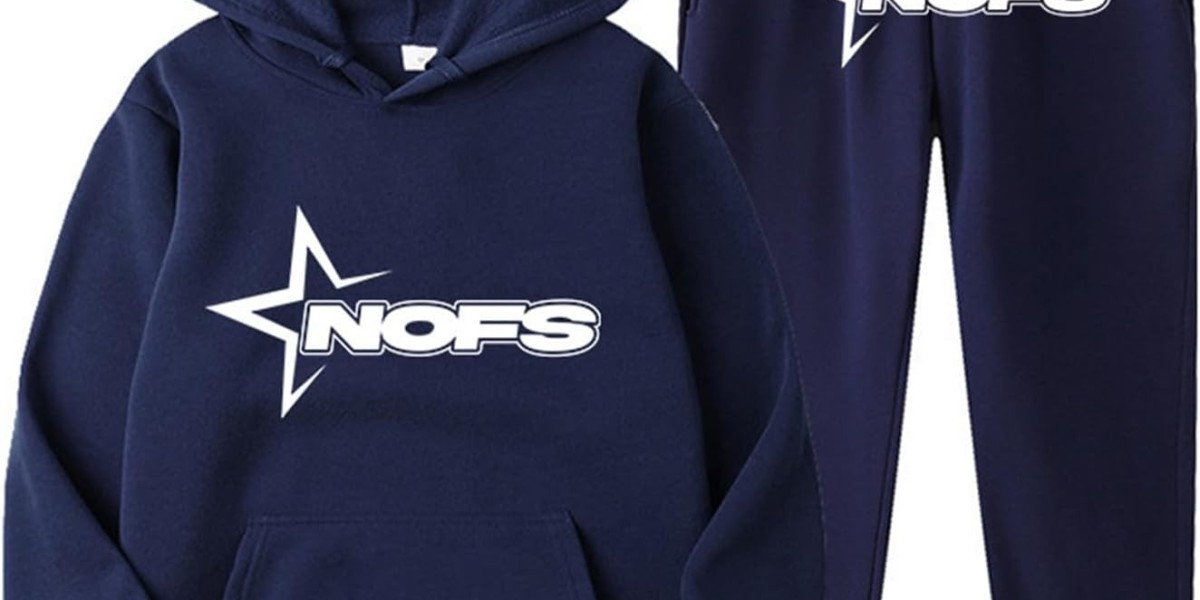Introduction:
Research shows that cambric fabric has been cherished for centuries due to its exceptional softness and durability. Often overlooked in modern textiles, cambric offers a lightweight, finely woven material unlike any other, making it a favorite for garments and home textiles alike. Understanding what makes cambric fabric unique can transform how you select fabrics for comfort, elegance, and lasting quality.
What is Cambric Fabric?
Cambric is a lightweight, plain-weave fabric traditionally made from cotton but sometimes blended with linen or synthetic fibers. Originating from Cambrai, France, in the Middle Ages, cambric is noted for its smooth surface and tight weave. It was initially a luxury fabric used for handkerchiefs and shirts but has since become popular across various applications, including modern fashion pieces like the Nofs collection.
Characteristics of Cambric Fabric
Feature | Description |
Material | Mostly cotton, sometimes cotton-linen blends |
Weave Type | Plain weave, tightly woven |
Weight | Lightweight, generally 70-100 gsm |
Texture | Smooth, slightly glossy surface |
Breathability | Highly breathable, suitable for warm weather |
Durability | Strong and resistant to wear |
Why is Cambric Fabric Unique?
1. Exceptional Softness and Smoothness
Research shows that cambric's fine yarns and tight weave create a fabric that feels silky and soft on the skin. Unlike rougher textiles, cambric tends to soften further with washing, making it a favorite for baby clothes, summer shirts, and delicate home linens.
2. Lightweight Yet Durable
While many lightweight fabrics sacrifice durability, cambric strikes a balance. Its dense weave prevents easily tearing, making it ideal for frequently worn items without bulkiness.
3. Breathability and Comfort
The fine, smooth structure of cambric allows excellent air circulation. This enhances comfort, especially in hot climates, as the fabric absorbs moisture while letting air pass through, helping regulate temperature.
Common Uses of Cambric Fabric
Garments: Summer dresses, men's shirts, baby clothes, underwear
Home Textiles: Handkerchiefs, tablecloths, curtains
Crafts: Embroidery backing, light quilting projects
How to Care for Cambric Fabric?
Cambric fabric is easy to care for due to its durability. However, following these tips helps maintain its appearance and softness:
Care Tip | Recommended Practice |
Washing | Machine wash in cold water on gentle cycle |
Drying | Air dry preferred; tumble dry low if needed |
Ironing | Medium heat with steam to remove wrinkles |
Bleaching | Avoid chlorine bleach; use oxygen bleach |
Storage | Store in a cool, dry place |
Cambric vs. Similar Fabrics
Fabric | Weight | Texture | Use Cases | Durability |
Cambric | Lightweight (70-100 gsm) | Smooth and soft | Shirts, babywear, linens | High |
Poplin | Slightly heavier (100-150 gsm) | Crisp, smooth | Shirts, dresses | High |
Voile | Very lightweight | Sheer, soft | Summer clothing, curtains | Moderate |
Lawn | Lightweight | Crisp and semi-sheer | Dresses, blouses | Moderate |
Cambric’s unique combination of softness, lightweight, and durability distinguishes it from these closely related fabrics.
Environmental Impact and Sustainability
Cambric is primarily made from cotton, a natural, biodegradable fiber. Sustainable production of cambric emphasizes organic cotton cultivation and eco-friendly dyeing processes. Choosing cambric from sustainable sources supports environmentally conscious fashion and textile use, making it a thoughtful choice alongside modern staples like the Represent T Shirt.
Understanding these impacts can help consumers make more eco-friendly choices.
Cotton Cultivation:
Cotton, the main raw material for cambric, requires significant water for irrigation. Conventional cotton farming can strain water resources, especially in arid regions.Pesticide Use:
Traditional cotton farming often involves heavy pesticide and insecticide use, which can harm local ecosystems and biodiversity.Energy Consumption:
The weaving and finishing processes for cambric consume energy. However, because cambric is lightweight, it generally requires less energy for transport compared to heavier fabrics.
Sustainable Practices in Cambric Production
To reduce environmental impact, several sustainable practices related to cambric production are becoming more common:
Organic Cotton:
Grown without synthetic pesticides or fertilizers.
Uses crop rotation and natural pest control, improving soil health.
Water-Efficient Farming:
Adoption of drip irrigation and rain-fed agriculture to minimize water use.
Research into drought-resistant cotton varieties helps reduce water dependency.
Eco-Friendly Dyeing Techniques:
Use of natural dyes or low-impact synthetic dyes reduces water pollution.
Closed-loop systems recycle dye water to cut waste.
Renewable Energy in Manufacturing:
Some cambric producers use solar or wind energy to power textile mills.
This decreases carbon emissions associated with fabric production.
Benefits of Choosing Sustainable Cambric Fabric
Lower Carbon Footprint:
Sustainable cotton and eco-friendly processing reduce greenhouse gas emissions across the product lifecycle.Reduced Water Pollution:
Less chemical runoff from organic farming practices protects water bodies and aquatic life.Healthier Soil and Biodiversity:
Organic farming benefits soil fertility and supports beneficial insects and wildlife.Fair Labor Practices:
Many sustainable cotton initiatives also promote fair wages and safe working conditions for farmers and factory workers.
How to Identify Sustainable Cambric Fabric?
When shopping, look for the following to ensure your cambric fabric is sustainably made:
Certified organic cotton labels (e.g., GOTS - Global Organic Textile Standard)
Oeko-Tex certification, indicating low or no harmful substances
Transparent brand information about environmental policies
Local or fair-trade production indicators
Practical Tips for Consumers to Reduce Environmental Impact
Buy Less, Choose Better: Prioritize quality and longevity over fast fashion. Durable cambric lasts longer, reducing waste, much like investing in wardrobe essentials such as Vertabrae Sweatpants.
Wash Responsibly: Use cold water and gentle detergents to reduce water and energy use. Avoid frequent washing when possible.
Recycle and Repurpose: Donate old cambric garments or fabric scraps to extend their life cycle.
Support Sustainable Brands: Encourage environmental responsibility by purchasing from eco-conscious manufacturers and pairing your choices with sustainable staples like Vertabrae Sweatpants.
The Future of Cambric in Sustainable Fashion
The textile industry is increasingly focusing on sustainable innovation. Cambric fabric benefits from these trends due to its natural fiber base and lightweight nature. Ongoing research aims to:
Enhance organic cotton yield using less land and water
Develop biodegradable finishes that preserve fabric quality without pollution
Increase recycling of cotton fibers while maintaining fabric softness
By choosing cambric fabric wisely and understanding its environmental context, consumers and manufacturers can help pave the way for a greener textile future delivering soft, durable, and sustainable fabrics for generations to come.
Consumer Role in Driving Sustainability
Consumers wield significant power in shaping the future of cambric fabric sustainability by:
Demanding Transparency:
Asking brands about sourcing, labor conditions, and environmental impact helps promote industry accountability.Supporting Certifications:
Choosing cambric products certified by trusted sustainability standards helps ensure positive environmental and social practices.Educating Themselves and Others:
Awareness about fabric origins and environmental implications encourages thoughtful purchasing habits and advocacy for sustainable fashion.
Final Thoughts: Why Cambric?
Research shows cambric fabric offers a rare balance of softness, durability, and breathability, making it unique among lightweight fabrics. Its historical roots and modern versatility make it a timeless choice for anyone seeking comfort and quality in textiles.
FAQs About Cambric Fabric
1. What is cambric fabric made of?
Cambric fabric is primarily made from finely woven cotton yarns, though sometimes it may include cotton-linen blends or synthetic fibers in modern versions.
2. How is cambric different from other cotton fabrics?
Cambric is lighter and smoother than many cotton fabrics due to its tight plain weave and fine yarns. It has a slight sheen and is softer than standard cotton with good durability.
3. Is cambric fabric suitable for summer clothing?
Yes, cambric fabric is highly breathable and lightweight, making it excellent for summer garments such as shirts, dresses, and baby clothes.
4. How do I care for cambric fabric?
Cambric fabric should be machine washed in cold water on a gentle cycle and air-dried or tumble dried on low. Iron with medium heat using steam for best results. Avoid chlorine bleach.
5. Can cambric fabric be used for embroidery?
Yes, cambric is often used as a base for embroidery due to its smooth surface and tight weave that holds stitches well.
6. Is cambric fabric eco-friendly?
Cambric made from organic cotton and produced with sustainable methods can be eco-friendly. Conventional cotton cambric has environmental impacts mainly due to water use and pesticides.








